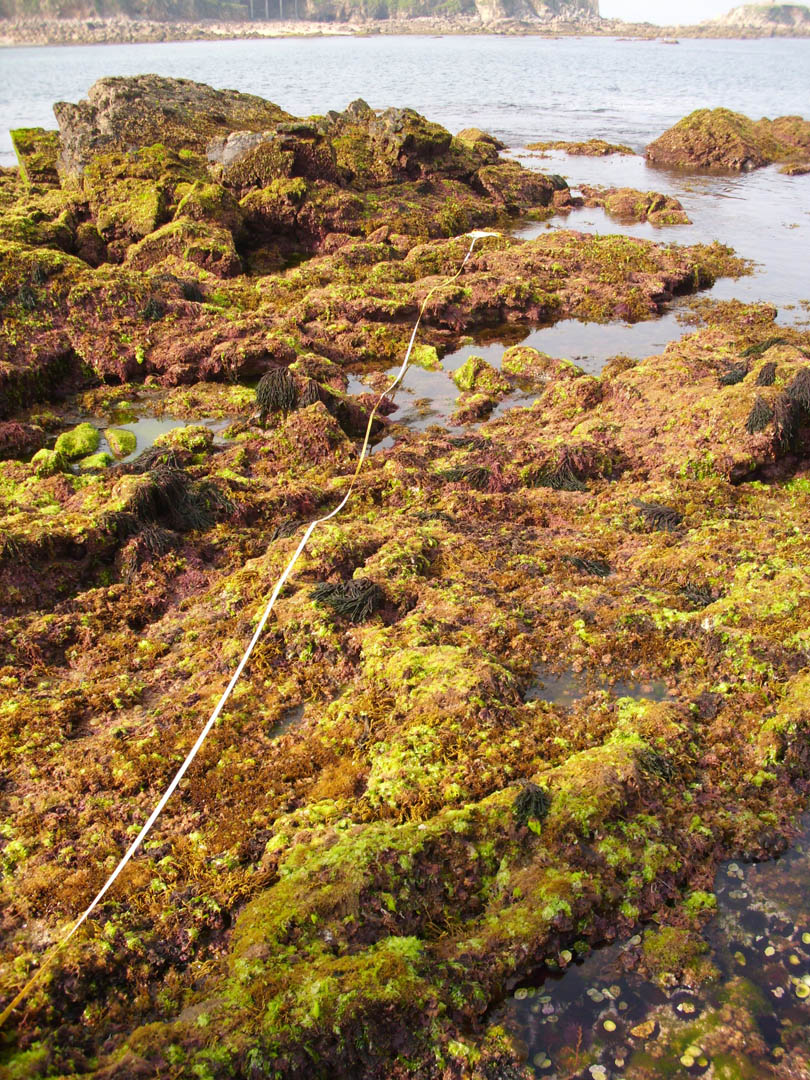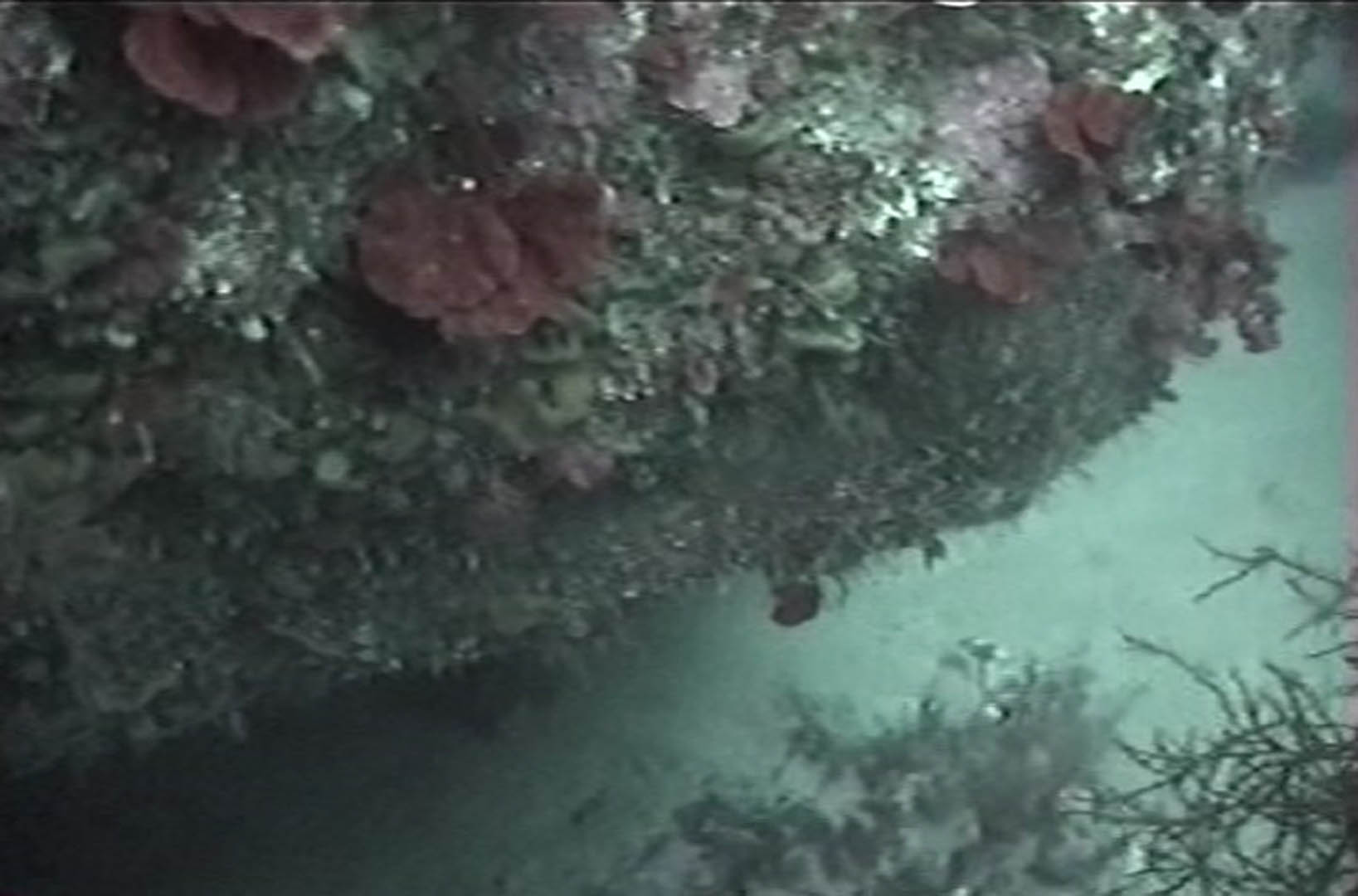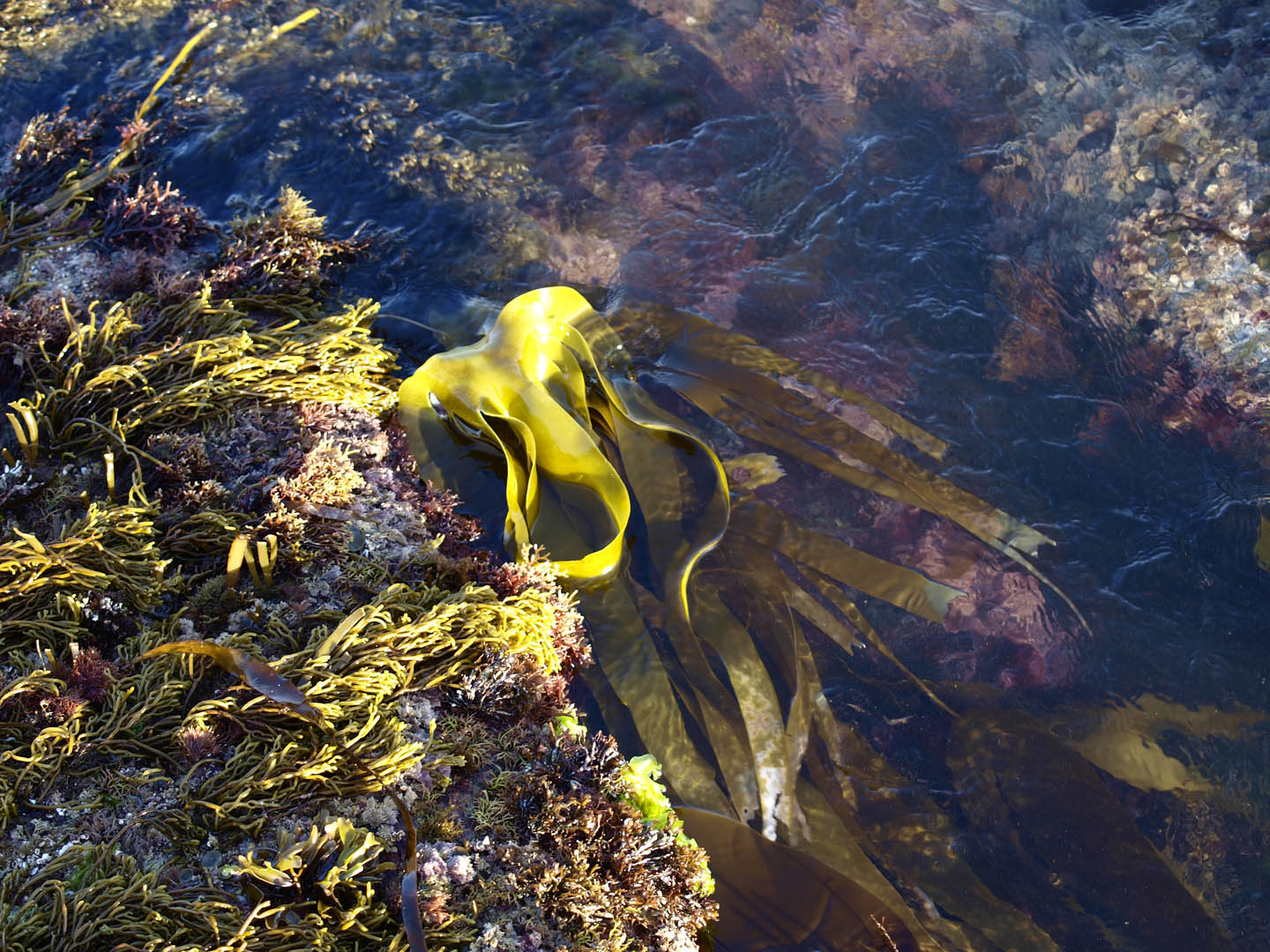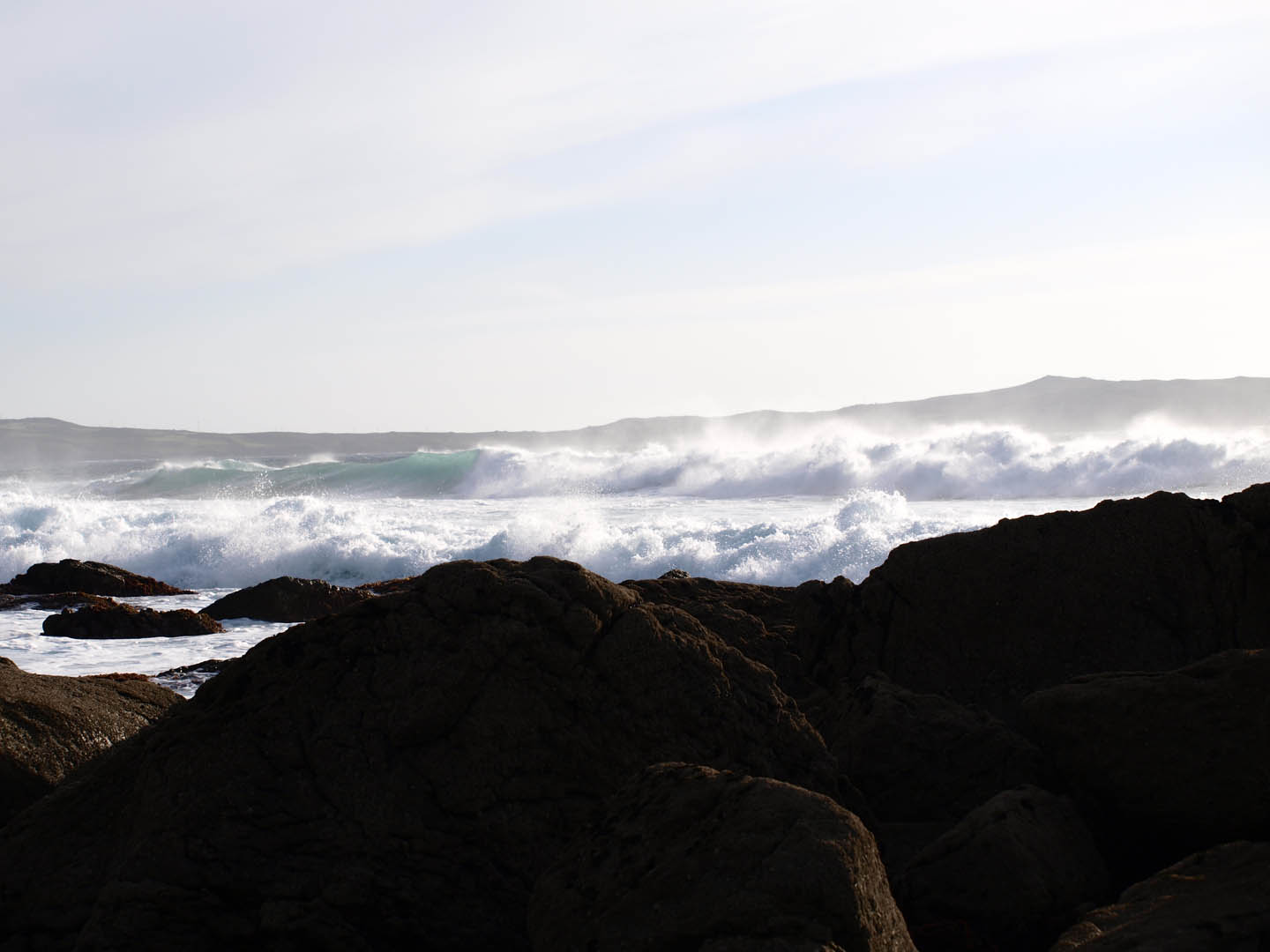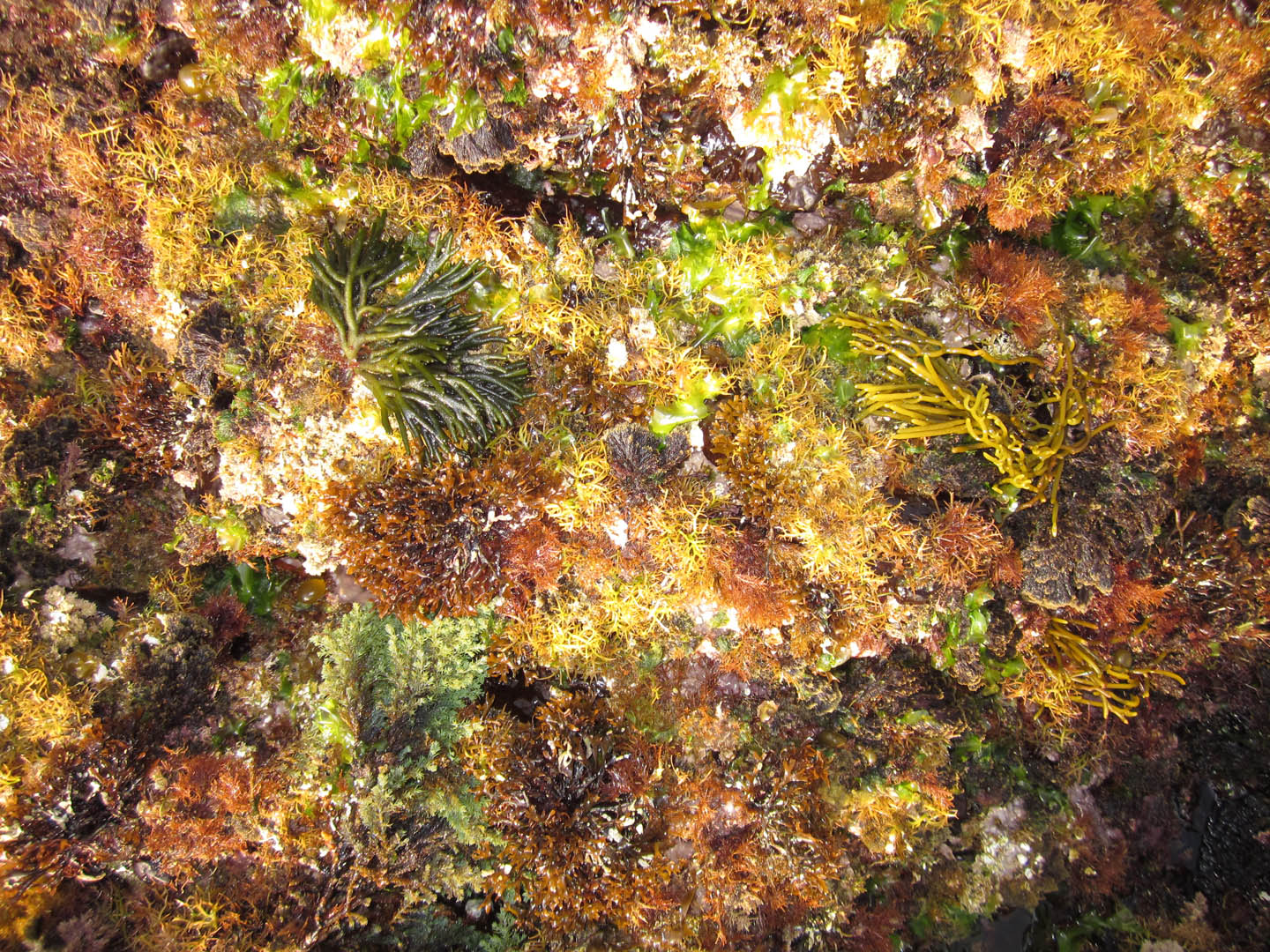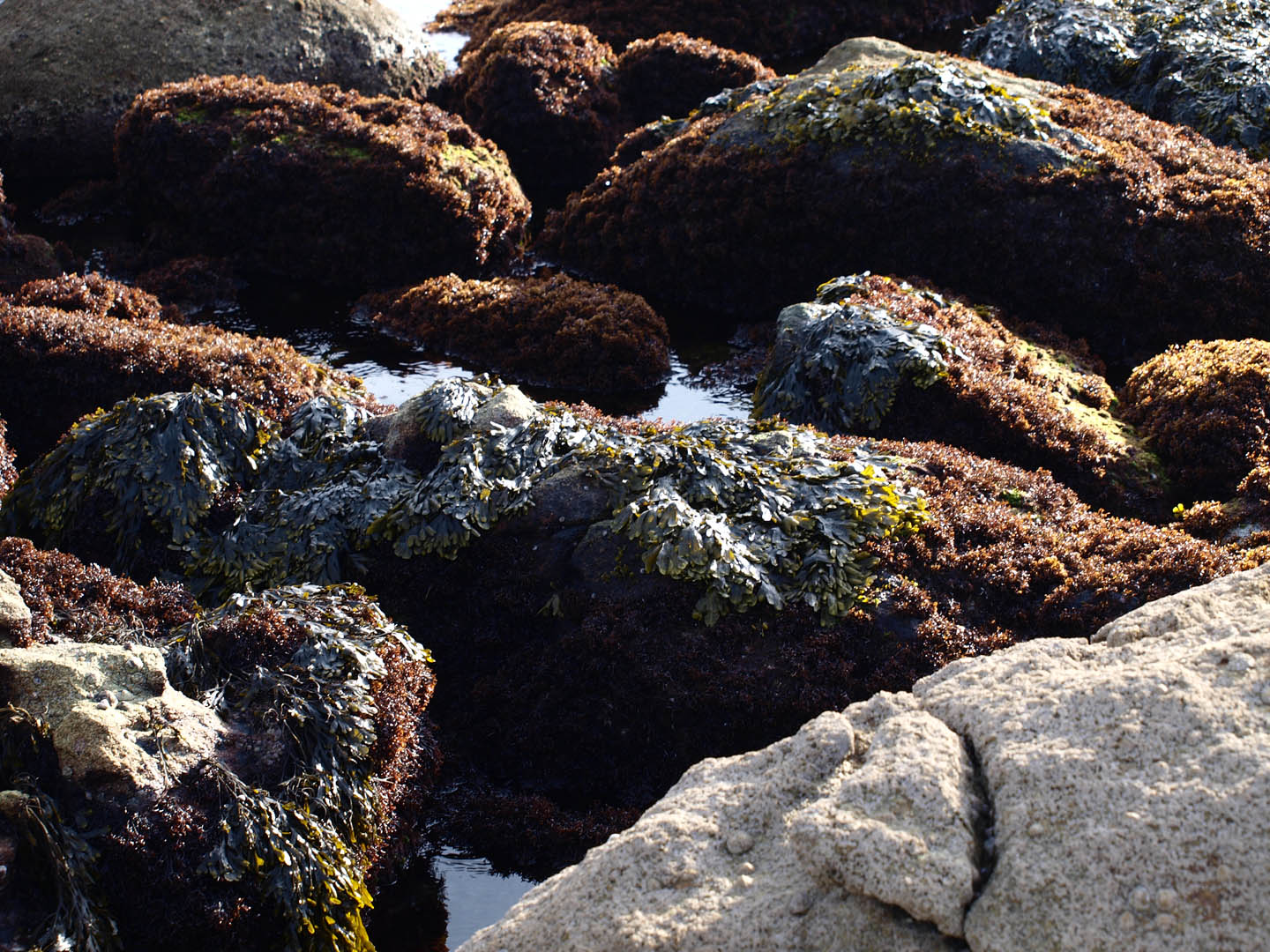Traditionally, the most common solutions to the management of risk, due both to extreme events and climate change, are based on actions that directly protect the existing uses of the surrounding areas. However, alternative proposals based on the protection of natural systems, as elements that can provide adequate levels of protection, begin to emerge. The investment in service-based protection solutions provided by coastal systems, through improvements in their conservation or restoration, is a cost-effective option for increasing the resilience of coastal zones against extreme events and climate change.
There are contrasting evidence for amending the current distribution patterns of these systems structural elements (seagrasses, macroalgae), which depend on their vulnerability when exposed to different physical environment conditions (meteo-oceanographic variables) above a certain acceptance thresholds (specific physical indicators). Spain is placed in a region particularly vulnerable to global warming, while its coast is characterized by its exposure to extraordinary coastal phenomena. Therefore, the assessment of its degree of vulnerability is needed.
The scope of the C3N is the entire Spanish coast, with special emphasis on the Cantabrian coast due to the strong environmental gradients observed in this area.
